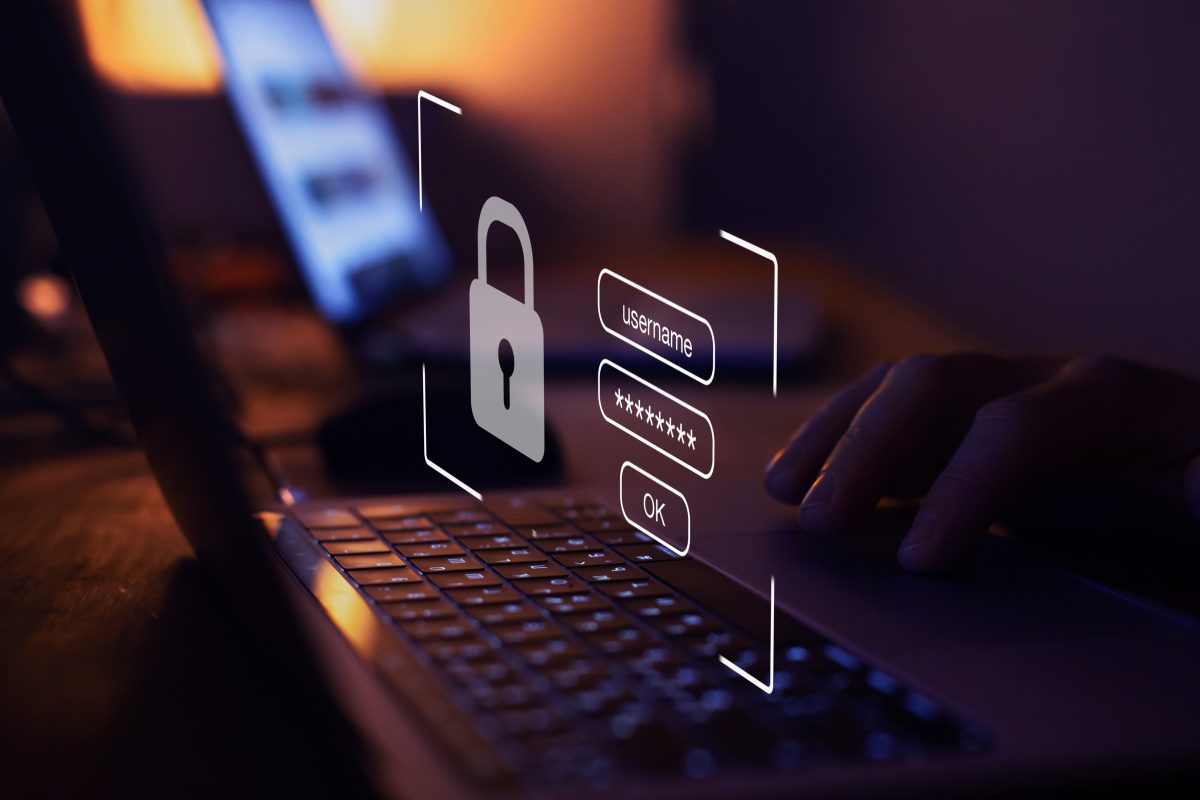Navigating technology and cybersecurity presents a challenge to businesses, compounded by misinformation and outdated beliefs, which can jeopardize not only your organization’s cybersecurity posture but its overall integrity.
Drawing on key findings from CompTIA’s 2024 Global State of Cybersecurity report, let’s clarify three prevalent myths that could potentially derail your efforts for secure operations in 2024.
Myth 1: My Cyber Security Is Good Enough
Fact: Cybersecurity demands continual enhancement.
A staggering 39% of respondents from CompTIA’s report view their current security measures as adequate, underscoring a significant challenge in cybersecurity initiatives. This mindset likely stems from an incomplete understanding of cybersecurity’s complex nature, which can mislead executives into a false sense of security.
Interestingly, while over 40% of executives feel fully confident in their cybersecurity measures, this satisfaction drastically drops to 25% among IT staff and even lower, to 21% among business staff. This discrepancy might originate from executives enjoying more technological liberties, whereas the front-line staff grapples with the nuts and bolts of cybersecurity operations.
As CompTIA suggests, this satisfaction gap highlights the critical need for enhanced communication across all levels of the organization. Regular discussions between IT and business teams are essential to identify current risks and necessary strategic updates. Remember, in the realm of cybersecurity, complacency has no place—vigilance and relentless pursuit of improvement are paramount.
Myth 2: Cyber Security = Keeping Threats Out
Fact: Effective cybersecurity safeguards against both internal and external threats.
A striking example highlighted by the BBC involved a Heathrow Airport employee who misplaced a USB stick containing sensitive data — an oversight leading to substantial fines for Heathrow. While it often focuses on external threats, cybersecurity is equally about mitigating risks posed by internal factors, such as employee error.
This encompasses a broader spectrum of potential vulnerabilities, from the ways employees engage with social media to interactions with third-party vendors and partners. CompTIA rightly points out, “The chain of operations is only as strong as its weakest link.” Therefore, robust cybersecurity strategies must address all facets of potential breaches, particularly those originating from within due to human error or oversight.
It’s imperative for every individual in an organization to be proactive and well-versed in security best practices as they pertain to their specific roles, thereby ensuring a comprehensive defense against a diverse array of threats.
Myth 3: IT Handles My Cyber Security
Fact: Cybersecurity is a collective responsibility, extending beyond the IT department.
While IT professionals play a crucial role in implementing security protocols, contemporary cybersecurity transcends departmental boundaries. It involves a multidisciplinary approach that includes policy formulation, staff training, risk assessment, and a deep understanding of an organization’s specific security needs.
CompTIA’s report indicates a disparity in engagement levels during security conversations: while 40% of discussions are spearheaded by technical staff, only 36% involve CEOs, and a mere 25% include business staff. This highlights a significant oversight—decision-makers throughout the organizational hierarchy should participate in these crucial dialogues to comprehend the associated risks fully.
In today’s interconnected environment, leaders and team members at all levels must actively partake in cybersecurity discussions and initiatives. By doing so, they act as integral gatekeepers, equipped to confront and thwart evolving cyber threats.
Embrace Reality, Not Myths
By adopting a philosophy of continuous improvement, recognizing the full spectrum of potential threats, and understanding the shared responsibility in cybersecurity, your organization can remain safe, resilient, and poised for success in the fast-evolving future.

